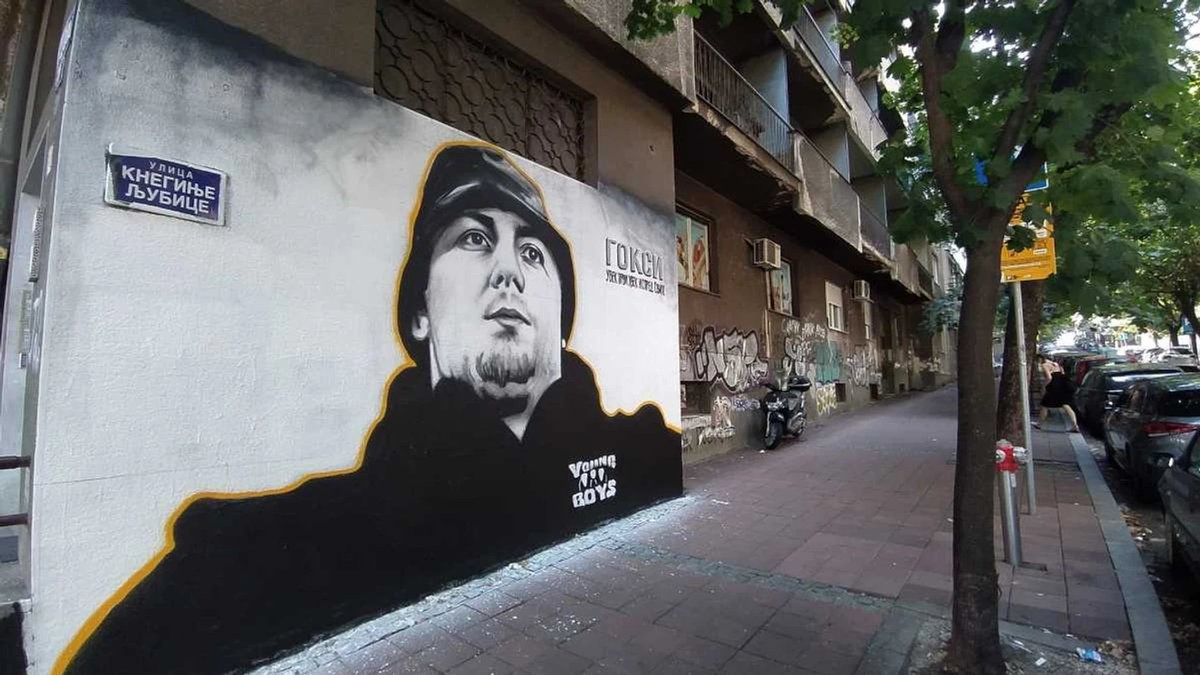
The Graffiti Canvas of Belgrade: A Surface Story
If you’ve ever visited Belgrade, you couldn’t miss the overwhelming presence of graffiti that blankets the Serbian capital.

The markings appear everywhere: on shop shutters, building walls, lamp posts, advertising boards—the list is endless. The city makes little effort to combat graffiti, transforming Belgrade into a massive canvas without censorship or moral constraints.
Among the beautiful artwork, concise political statements (F**K NATO), innocent school love declarations (Volim te, Elena), and romantic disappointments (Elena KURVA), you’ll find solemn portraits of young men, typically set against club symbols.
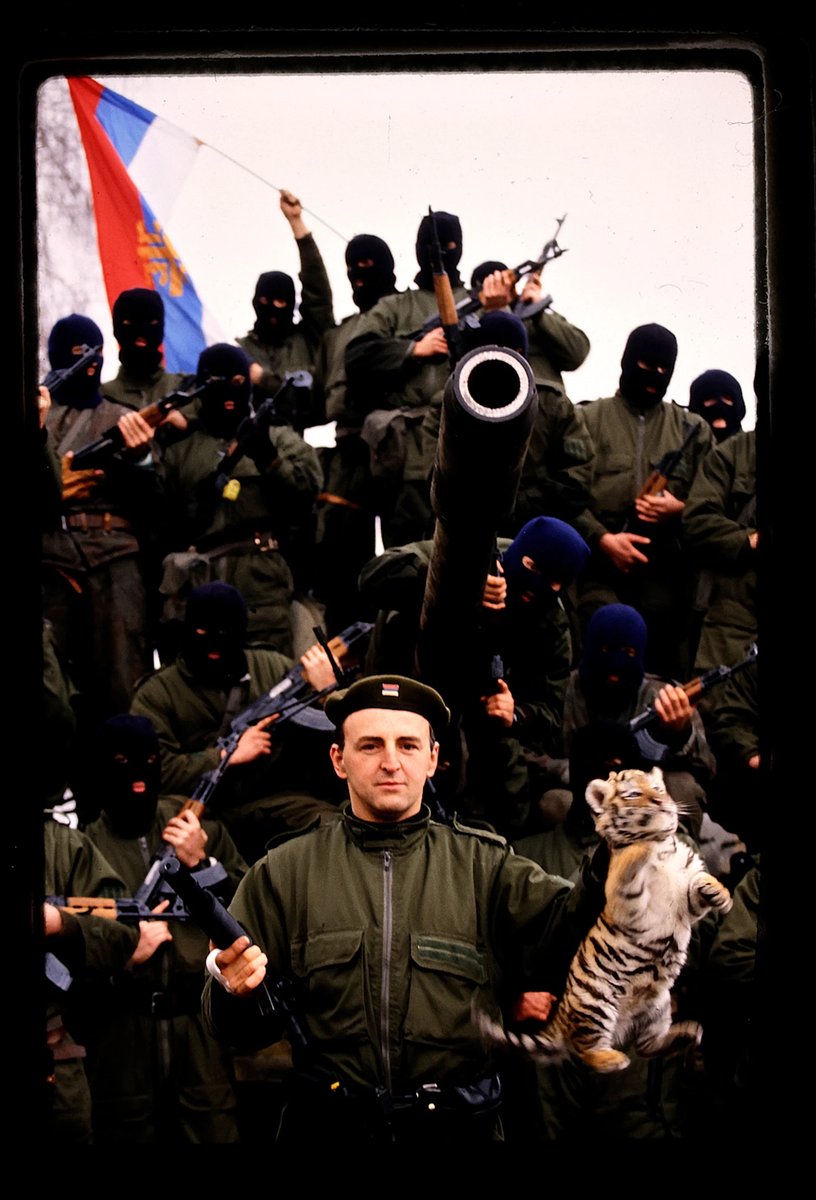
Beneath these portraits—birth dates, death dates, and brief inscriptions: “never forget,” “you died a warrior,” and similar tributes. While these might appear as isolated tragedies beyond typical ultras clashes with police or rival groups, the abundance of memorial wall portraits throughout Belgrade (and Serbia) suggests something more sinister.
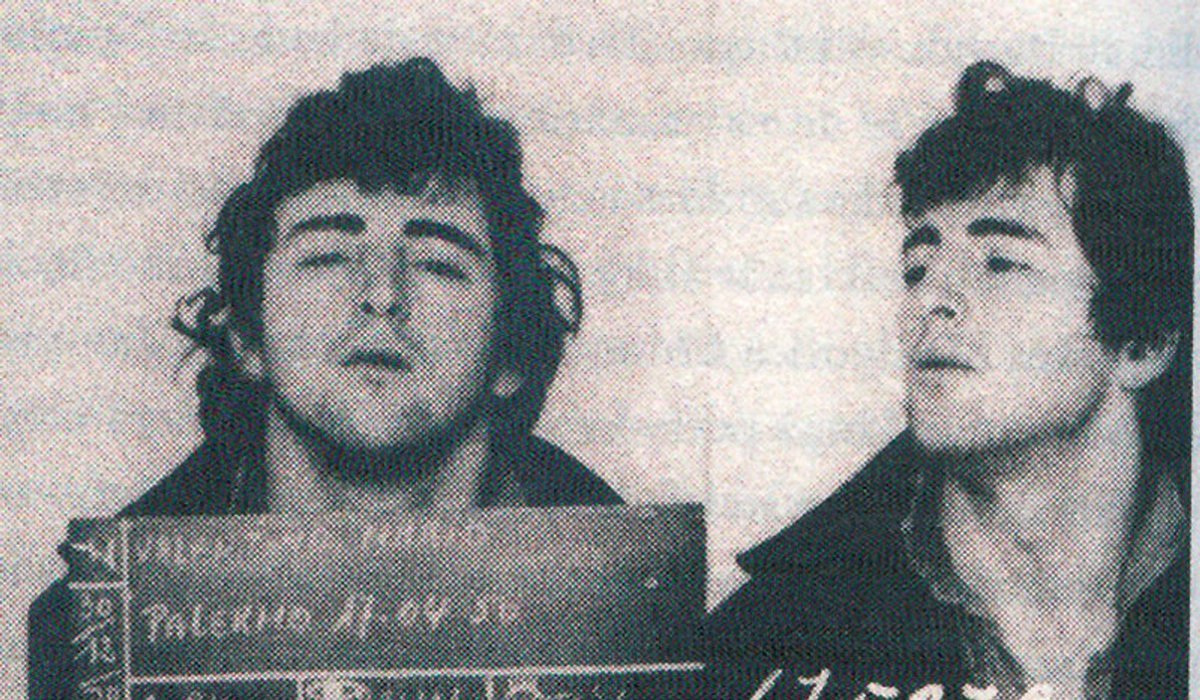
It seems unlikely that so many fans perish in ordinary fights, even in the Balkans, notorious for their violence.
The Dark Underworld Behind the Murals
When you dig deeper into what lies behind these murals, a terrifying world of Serbia’s underbelly emerges.
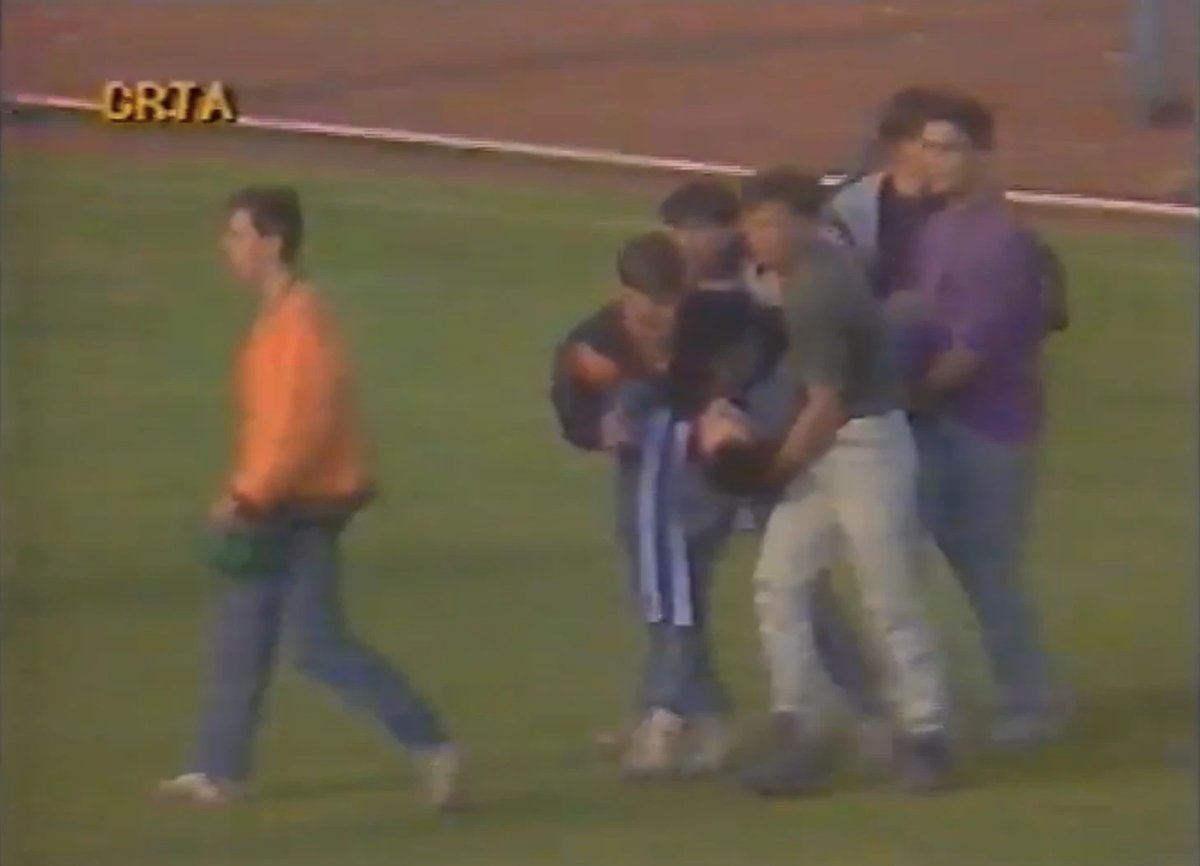
A vast, multi-layered criminal network connects fan groups, government structures, neighboring countries, and drug cartels.
This article serves as a guided tour through Serbia’s criminal labyrinth, where fanatical support for favorite clubs coexists alongside brutal murders, drug trafficking, politically motivated operations, and clan revenge.

The New Form of “Support”
The Arkan Legacy: From Petty Crime to Paramilitary Power
Nearly any discussion about the origins of modern militarized fan groups collaborating with authorities inevitably leads to Željko Ražnatović, better known by his alias “Arkan.”
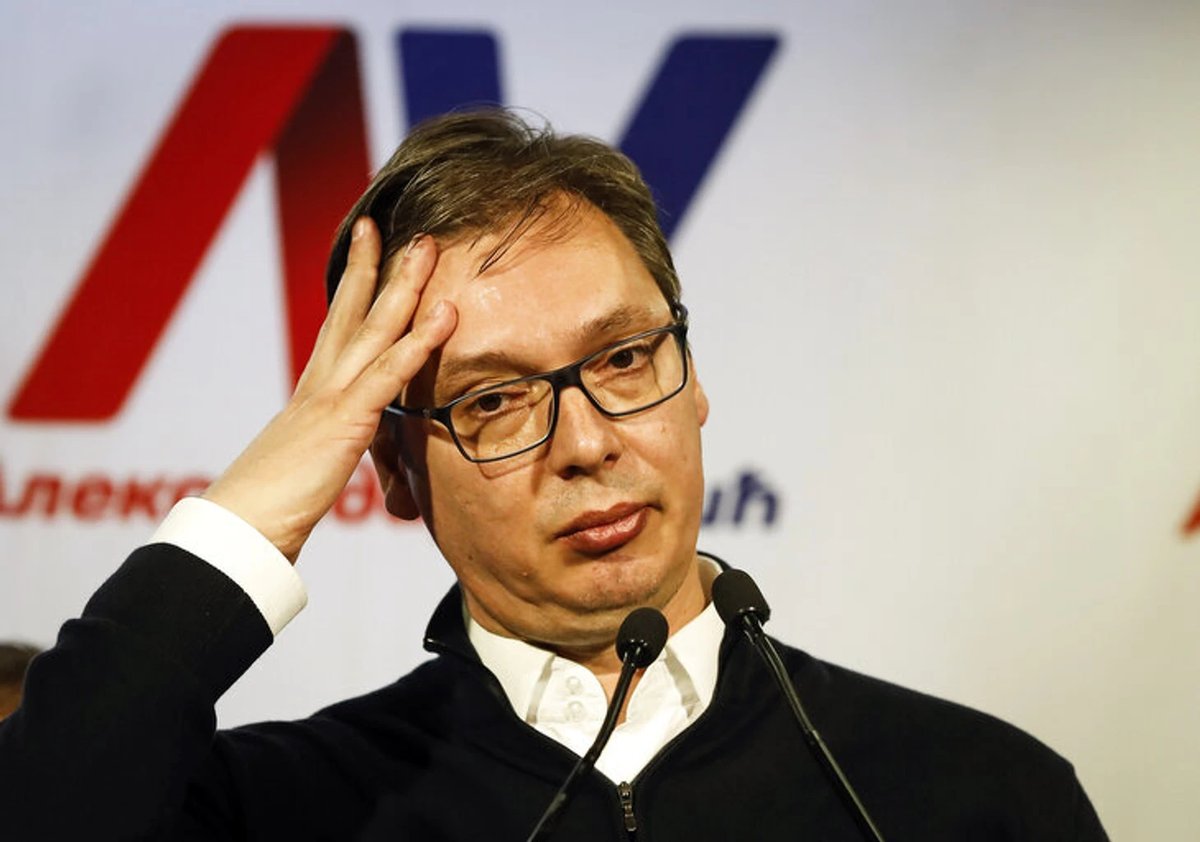
One of the most controversial figures (if not the most) in recent Balkan history, his life journey—from pickpocketing and juvenile detention to founding his own private military company and pursuing a political career—mirrors the formation, development, and collapse of Tito’s Yugoslavia, as well as the failed creation of a new, nationalist Yugoslavia. Interestingly, Željko was born just one year before Tito assumed the presidency.
In the mid-1980s, he returned from Western Europe, where he had engaged in extensive criminal activities for over a decade: bank robberies, armed assaults, and murders.
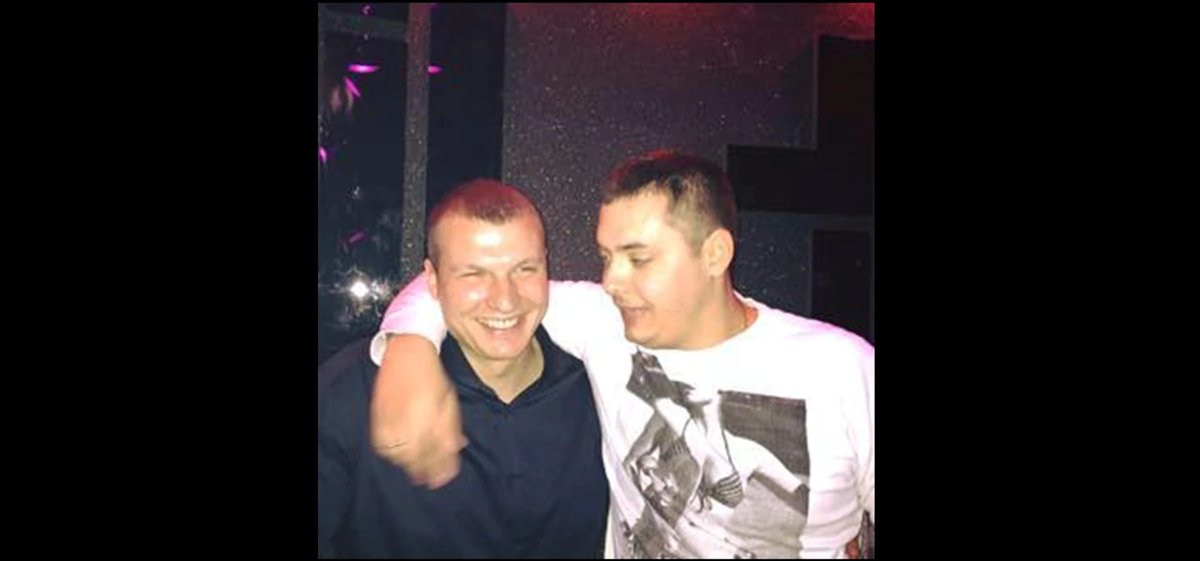
He managed to escape prison at least four times during this period.

As the son of an Air Force colonel, Željko established close ties with Yugoslavia’s then-leadership, particularly Interior Minister Stane Dolanc.
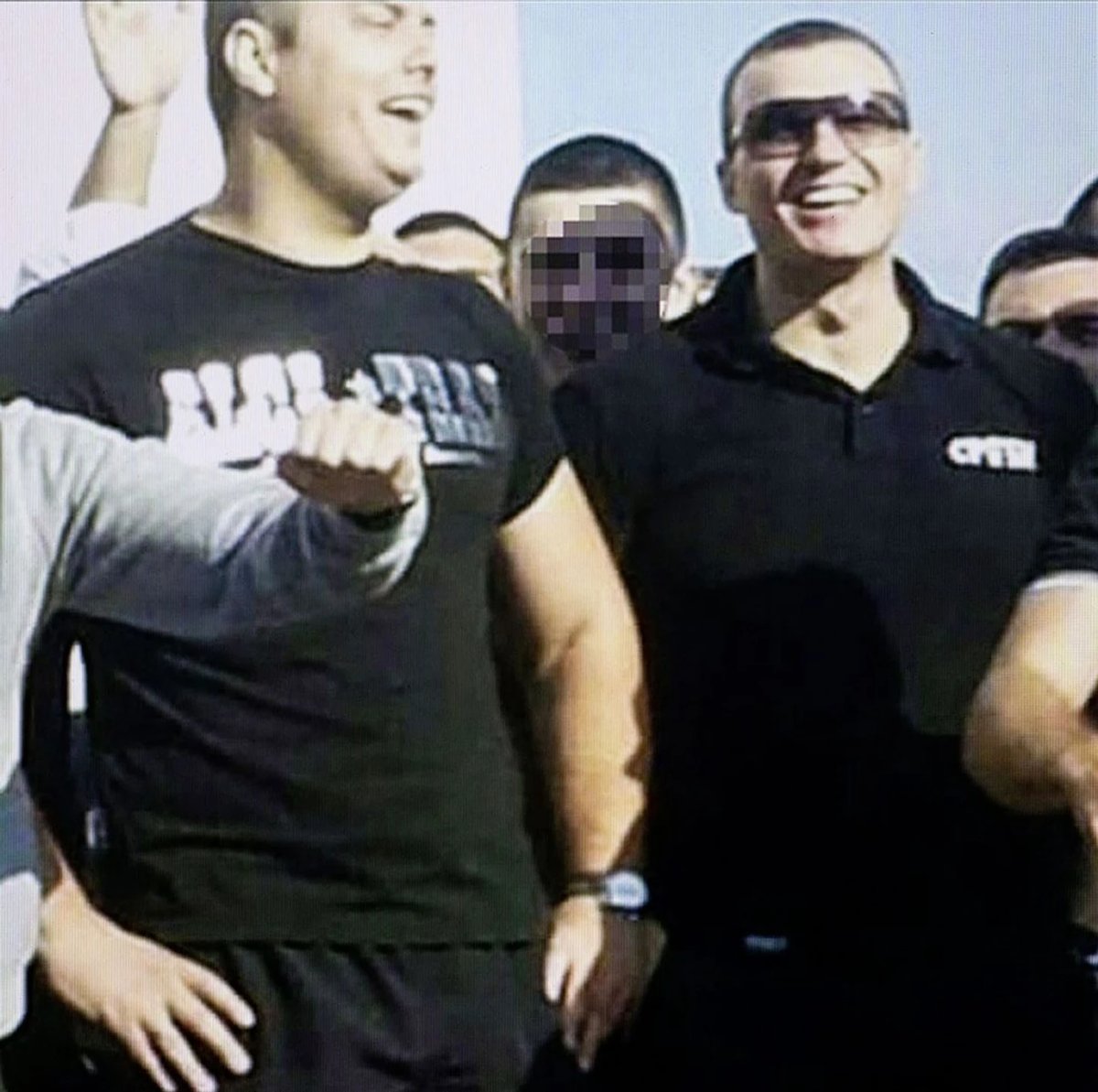
Albanian and Croatian sources attribute several politically motivated assassinations to Ražnatović, though concrete evidence was never provided. However, the fact of Arkan’s collaboration with Serbian secret services remains undisputed.
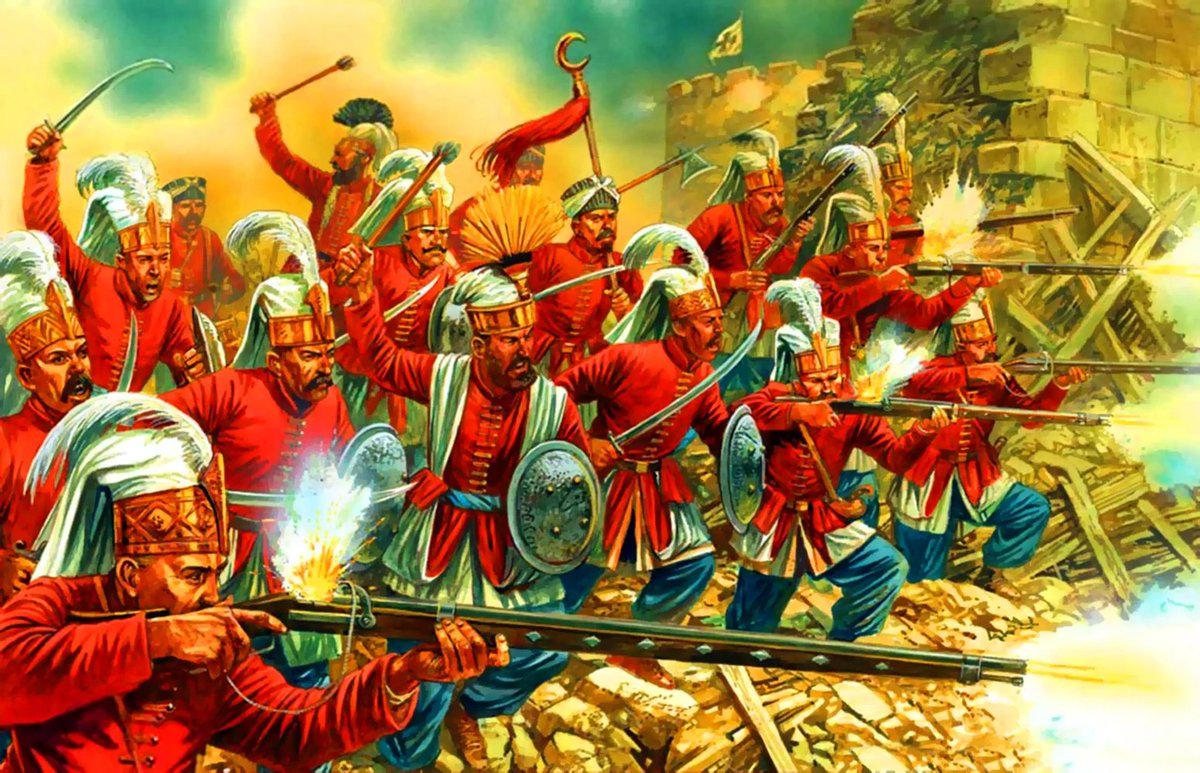
The Transformation of Fan Culture
What began as football enthusiasm gradually morphed into something far more dangerous.

The ultras movement, initially centered around supporting local teams, became increasingly militarized and politicized throughout the 1990s.

This transformation occurred against the backdrop of Yugoslavia’s violent breakup, creating perfect conditions for criminal elements to flourish within fan groups.
The infrastructure that supported football fandom—organized groups, communication networks, and territorial control—proved ideal for criminal enterprises.

Stadiums became recruitment grounds, and fan affiliations provided cover for illegal activities that extended far beyond the sports arena.
The Criminal Network Expands
Today, the connections between ultras groups and organized crime in Serbia represent a complex web that challenges traditional law enforcement approaches.
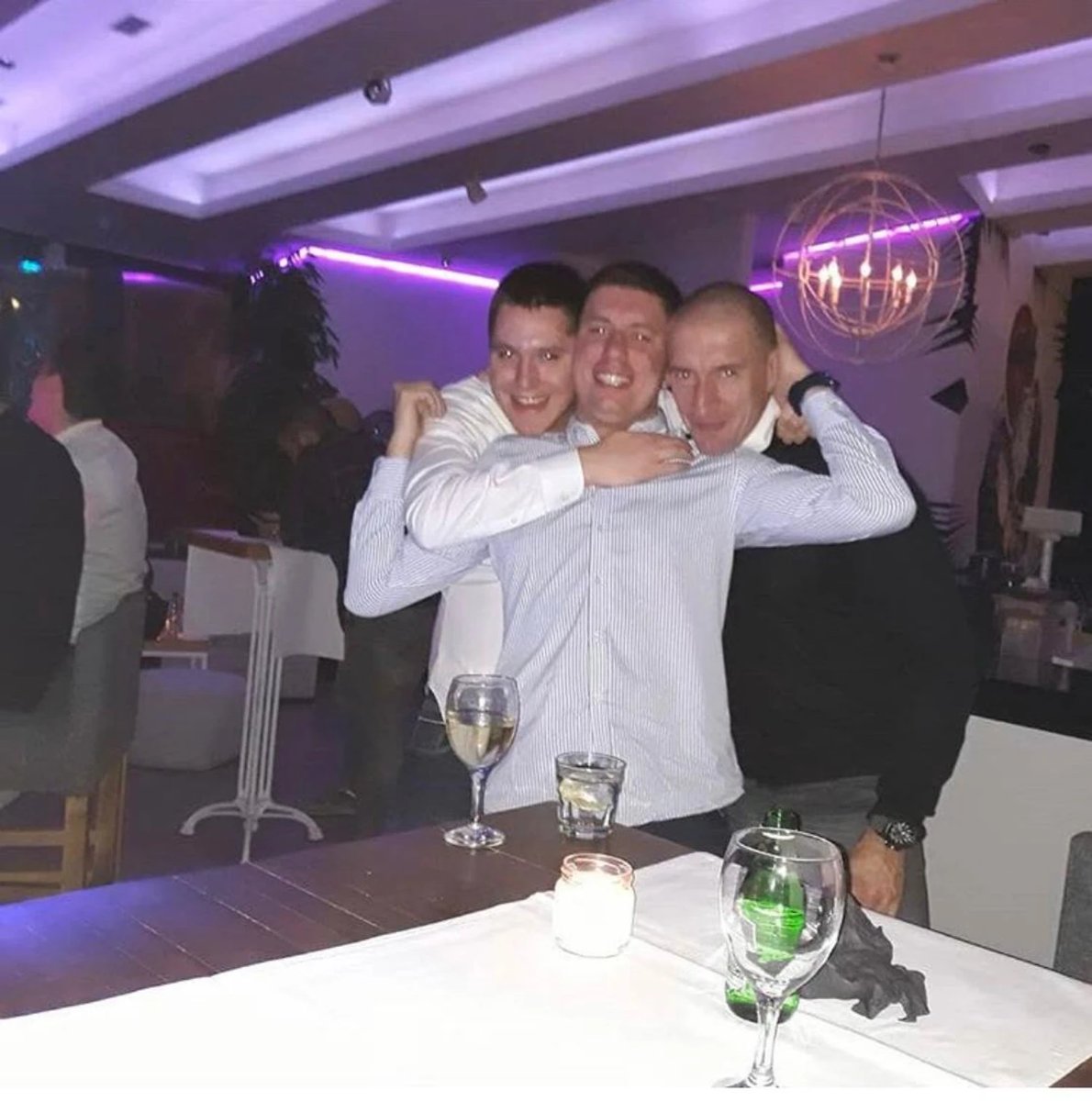
These groups have diversified their operations beyond traditional hooliganism into more profitable and dangerous criminal ventures.
Drug Trafficking Operations
The most lucrative enterprise for many ultras groups has become drug trafficking.

Their international connections, built through European football tournaments and existing criminal networks, provide ideal distribution channels for narcotics.
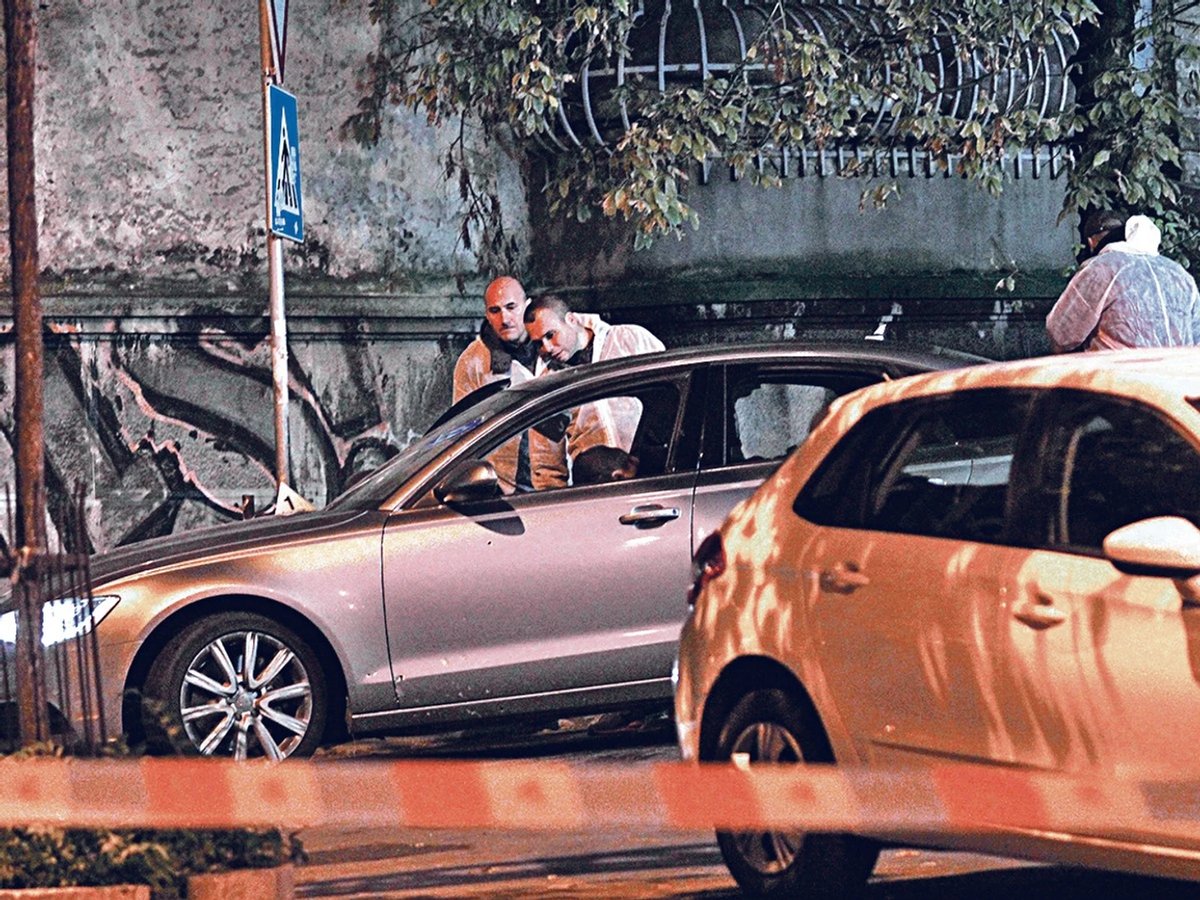
The same routes used to transport fans across borders now serve to move illegal substances throughout Europe.
Police investigations have repeatedly uncovered links between prominent fan groups and major drug cartels.

The territorial control exercised by ultras in their neighborhoods facilitates local distribution, while their organizational structure provides security and enforcement capabilities that rival traditional criminal organizations.
Political Manipulation and Violence
Perhaps most disturbing is the political dimension of ultras involvement in Serbian society.

These groups have become tools for political operations, from intimidating opponents to providing “security” for political rallies.
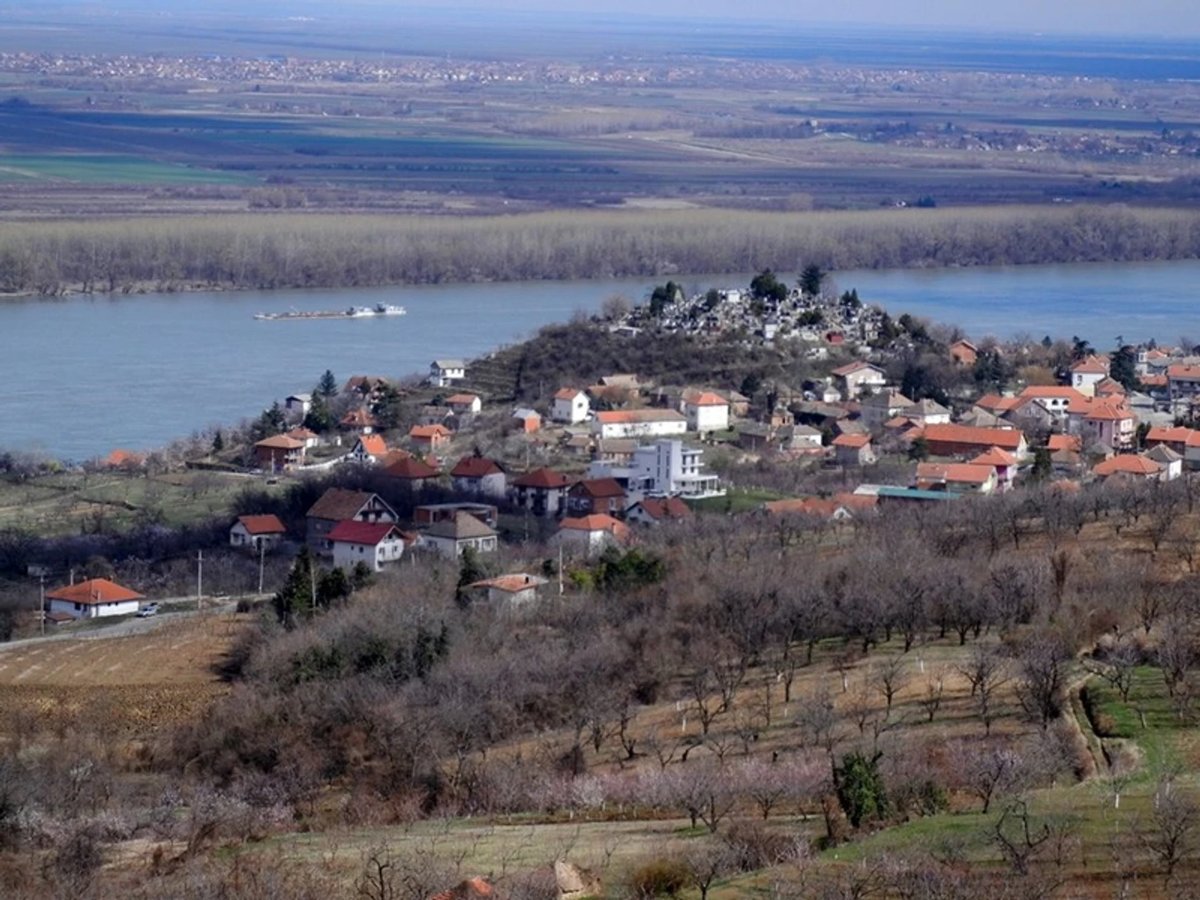
The line between fan group and political militia has become increasingly blurred.
Several high-profile murders have been linked to ultras groups, with victims including journalists, political activists, and even former members who threatened to expose criminal operations.
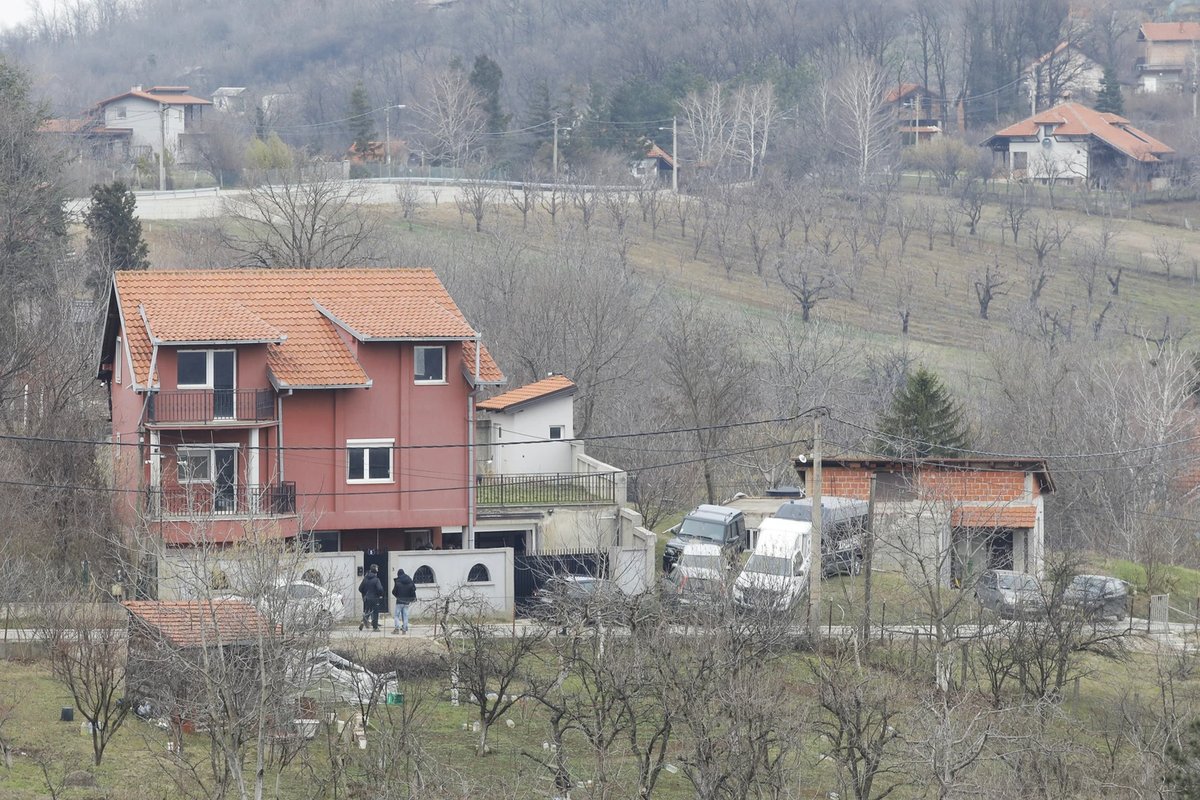
The memorial graffiti throughout Belgrade often commemorates these casualties of internal power struggles and external conflicts.
The Social Impact
Neighborhood Control and Intimidation
In many Belgrade neighborhoods, ultras groups exercise de facto control.
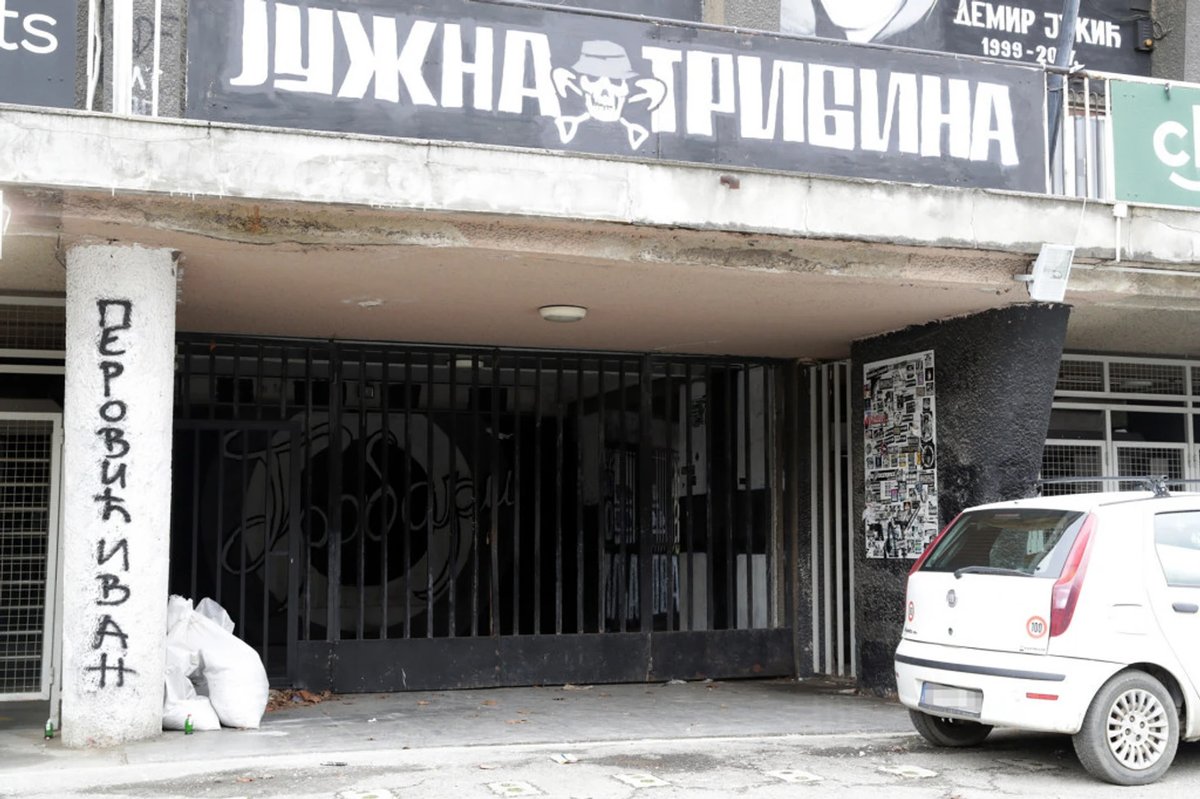
Their graffiti serves as territorial markers, while their presence intimidates residents and business owners.
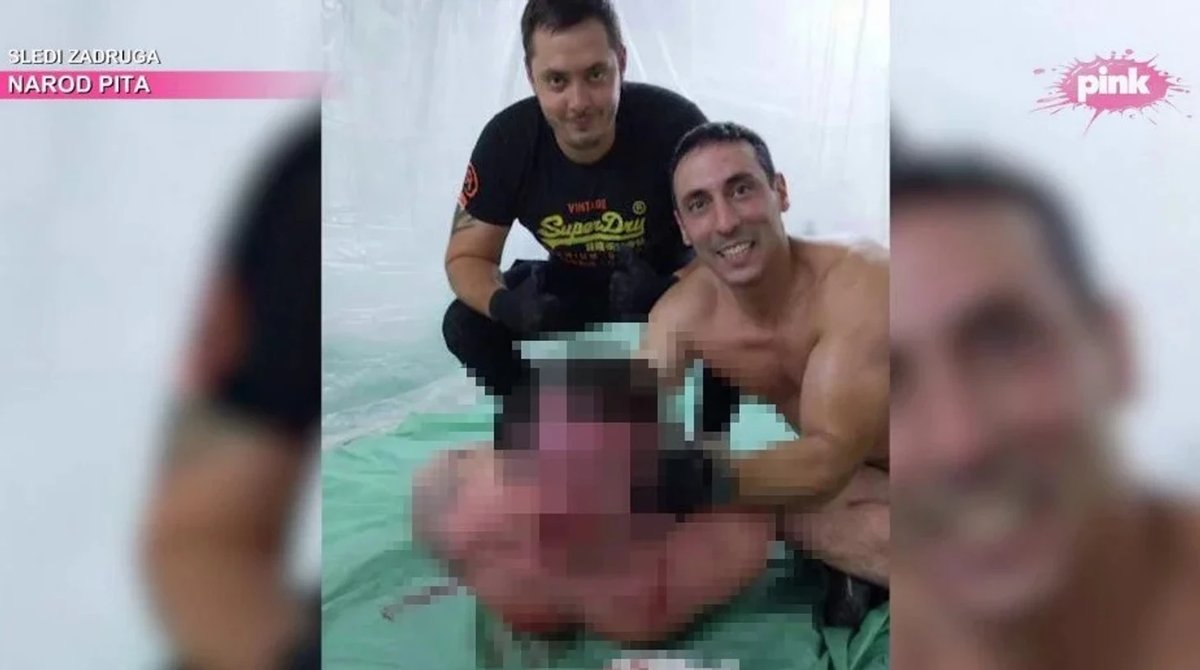
The demolition of residential areas for new developments often involves ultras groups who provide “security” and ensure projects proceed without local opposition.
This neighborhood dominance extends to protection rackets, where businesses must pay for “security” services.

Those who refuse often face vandalism, threats, or physical violence. The same organizational structure that coordinates fan support during matches now enforces criminal enterprises in urban territories.
The Cultural Normalization
Perhaps most concerning is how this criminal influence has become normalized within Serbian society.
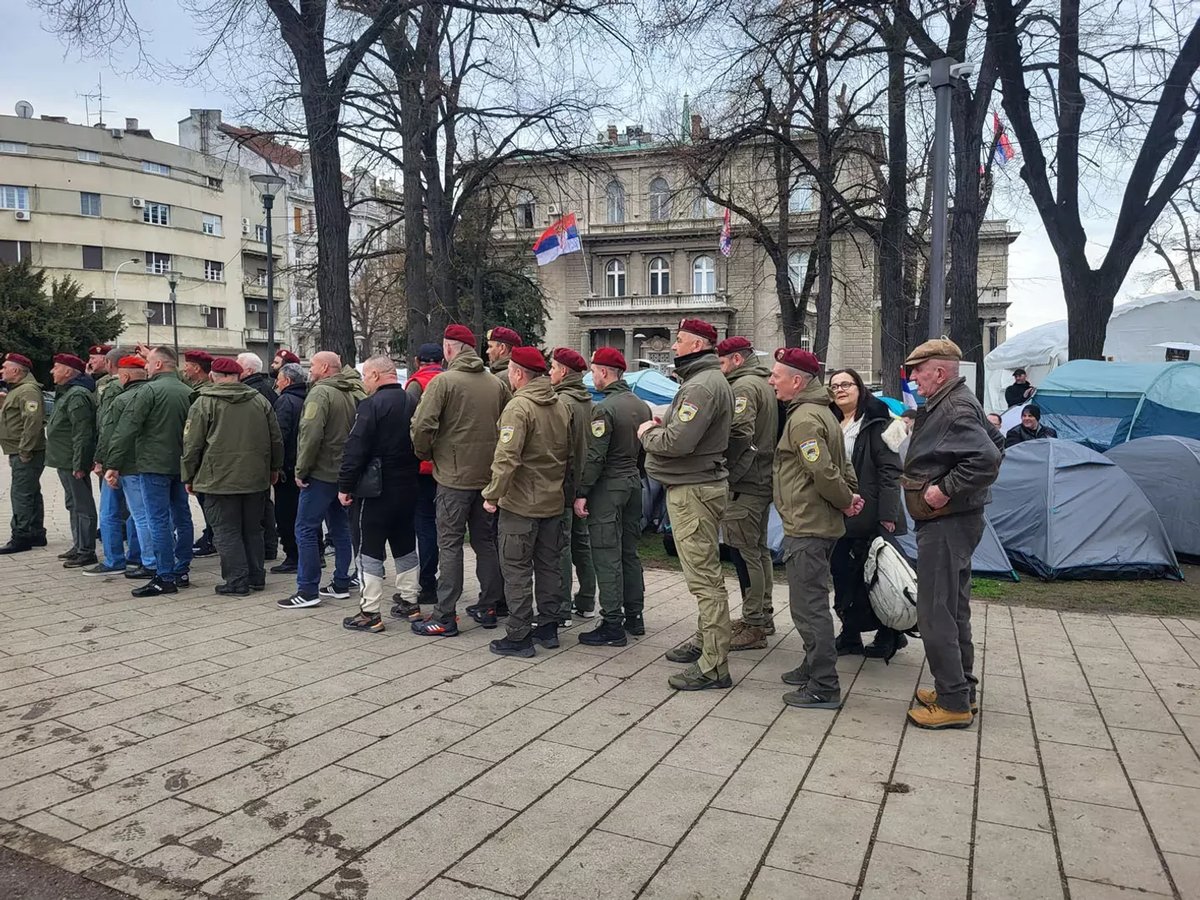
The memorial portraits of fallen ultras serve as constant reminders of the alternative power structure operating alongside official institutions.

Young men see these tributes and the power they represent, creating a dangerous cycle of recruitment and glorification.
The cultural acceptance of this situation is reflected in the ubiquitous graffiti that goes largely untouched by authorities.

Each untouched mural represents either fear or complicity—or perhaps both.
Government Connections and Complicity
The relationship between ultras groups and government structures represents one of the most troubling aspects of this phenomenon. From local politicians to national figures, connections between officials and fan leaders have been documented in numerous cases.
These relationships provide mutual benefits: politicians receive “support” during elections and rallies, while ultras groups enjoy protection and opportunities for their criminal enterprises. This symbiosis has created a parallel power structure that operates with varying degrees of official tolerance.
Law Enforcement Challenges
Police face significant challenges in combating ultras-related crime. The groups’ popular support within communities, combined with political protection, makes investigations difficult. Witness intimidation is common, and the fear of reprisals prevents many victims from cooperating with authorities.
Additionally, the international nature of these networks complicates law enforcement efforts. Cross-border cooperation is essential but often hampered by bureaucratic obstacles and corruption.
Conclusion: A Society at a Crossroads
The transformation of Serbian ultras from football fans to criminal power represents a profound challenge for the country. What began as sports enthusiasm has evolved into a multi-faceted threat that combines violence, criminal enterprise, and political manipulation.
The graffiti-covered walls of Belgrade tell a surface story, but beneath them lies a complex network that connects stadium violence to international drug trafficking and political operations. As Serbia continues its European integration process, addressing this underground power structure remains one of its most significant challenges.
The memorial portraits that dot the urban landscape serve as constant reminders of the human cost of this transformation—and the work that remains to be done.









